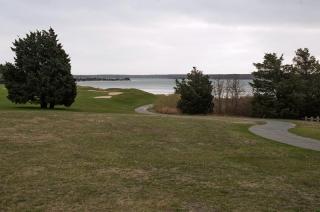Island Trust Bill
2014
The Martha’s Vineyard Commission, heralded as a unique and powerful regional planning organization, often the source of controversy, celebrated a quiet 40th anniversary this year.
2009
Martha’s Vineyard is a beautiful Island, a kind of glorious accident of nature. It’s a thriving, vibrant community, a mix of races, classes, and creeds, especially welcoming to presidents. What makes the Vineyard special, what attracts people to it, is that natural beauty and it’s mostly forgotten now how close the Island came to ruin. Forgotten also is the identity of its benefactor: Sen. Edward M. Kennedy.
For four years, in the 1970s, as he sought to preserve the Vineyard from overdevelopment, Sen. Edward M. Kennedy was a frequent — and deeply involved — Island visitor. He would sail into Vineyard Haven harbor from Hyannisport to visit close friends, the late novelist William Styron and his wife, Rose. And there would be talks late into the night about what lay ahead for the Island — then in the throes of being discovered by developers.
2004
The early framers were the Thomas Jeffersons of the Vineyard - visionaries and idealists ahead of their time. They looked down the road, saw trouble and took action, with an eye toward a regional solution.
The result was the Martha's Vineyard Commission, a regulatory commission considered unique in American government, both then and now.
1997
1976
The Nantucket Sound Islands Trust bill died in Congress Thursday after more than four years of divisive and often bitter debate over proposed federal legislation to protect fragile coastal areas of the Vineyard, Nantucket and the Elizabeth Islands.
The legislation, passed by the Senate last December, evaporated in the House subcommittee on national parks and recreation during a morning hearing to prepare the Trust Bill for consideration by the full House committee on interior and insular affairs.




